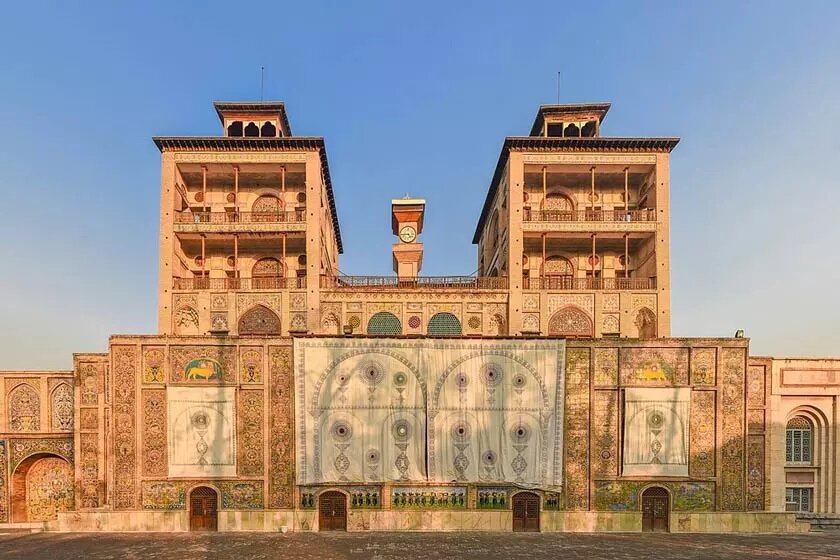TEHRAN –A selection of handicrafts and traditional arts made by artisans from Qom province has been put on display in an exhibition at the Golestan Palace in Tehran, CHTN reported on Tuesday.
The exhibit has been designed to boost handmade product sales and offer a marketplace for craftspeople to showcase and sell their creations, the report added.
The exhibition will come to an end on Thursday.
The value of Iran’s handicraft exports stood at $400 million during the first ten months of the Iranian calendar year 1401 (Mar. 21, 2022 – Jan. 20, 2023), the deputy tourism minister said in February.
Compared with the same period a year earlier, the figure represents some 30 percent growth, Jalali said.
“The Islamic Republic exported $400 million worth of handicrafts during the first ten months of the current year, which shows a 30 percent increase year on year.”
Iran exported some $320 million worth of handicrafts during the past Iranian year (1400), the official stated.
The Islamic Republic has the most cities and towns registered with the World Crafts Council (WCC), followed by China with seven, Chile with four, and India with three designated ones.
The WCC-Asia-Pacific Region designated Shiraz, Malayer, Zanjan, and the village of Qasemabad in January 2020, bringing the total number of craft cities and towns in Iran from 10 to 14. Shiraz has been dubbed “the world city of [various] handicrafts.”
Malayer became a center for woodcarving and carved wood furniture on a global scale. The designation “world city of filigree” was given to Zanjan. The village of Qassemabad, which is renowned throughout the country for its traditional costumes, was also promoted to a major handicrafts center on an international scale.
Ceramics, porcelain, handwoven clothing, jewelry, and semi-precious stones are among Iranian handicrafts traditionally exported to Iraq, Afghanistan, Germany, the U.S., and the Persian Gulf coastal states, to name a few.
A destination for domestic and international travelers, Golestan Palace is located in the heart and historic core of Tehran. The palace complex is one of the oldest in the Iranian capital, originally built during the Safavid dynasty (1501–1736) in the historic walled city.
Following extensions and additions, it received its most characteristic features in the 19th century, when the palace complex was selected as the royal residence and seat of power by the Qajar ruling family (1789-1925). At present, the Golestan Palace complex consists of eight key palace structures mostly used as museums and the eponymous gardens, a green shared center of the complex, surrounded by an outer wall with gates.
As mentioned by UNESCO, the complex exemplifies the architectural and artistic achievements of the Qajar era, including the introduction of European motifs and styles into Persian art.


No comments:
Post a Comment